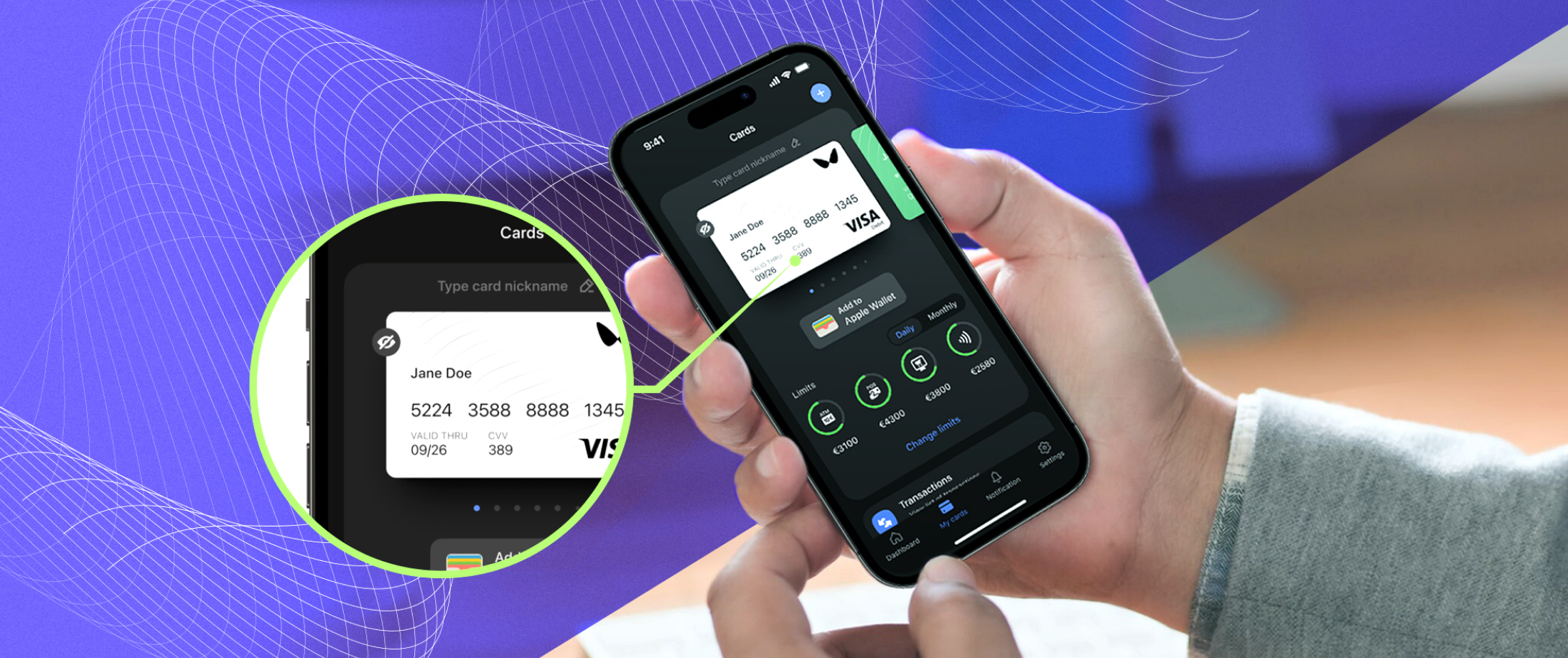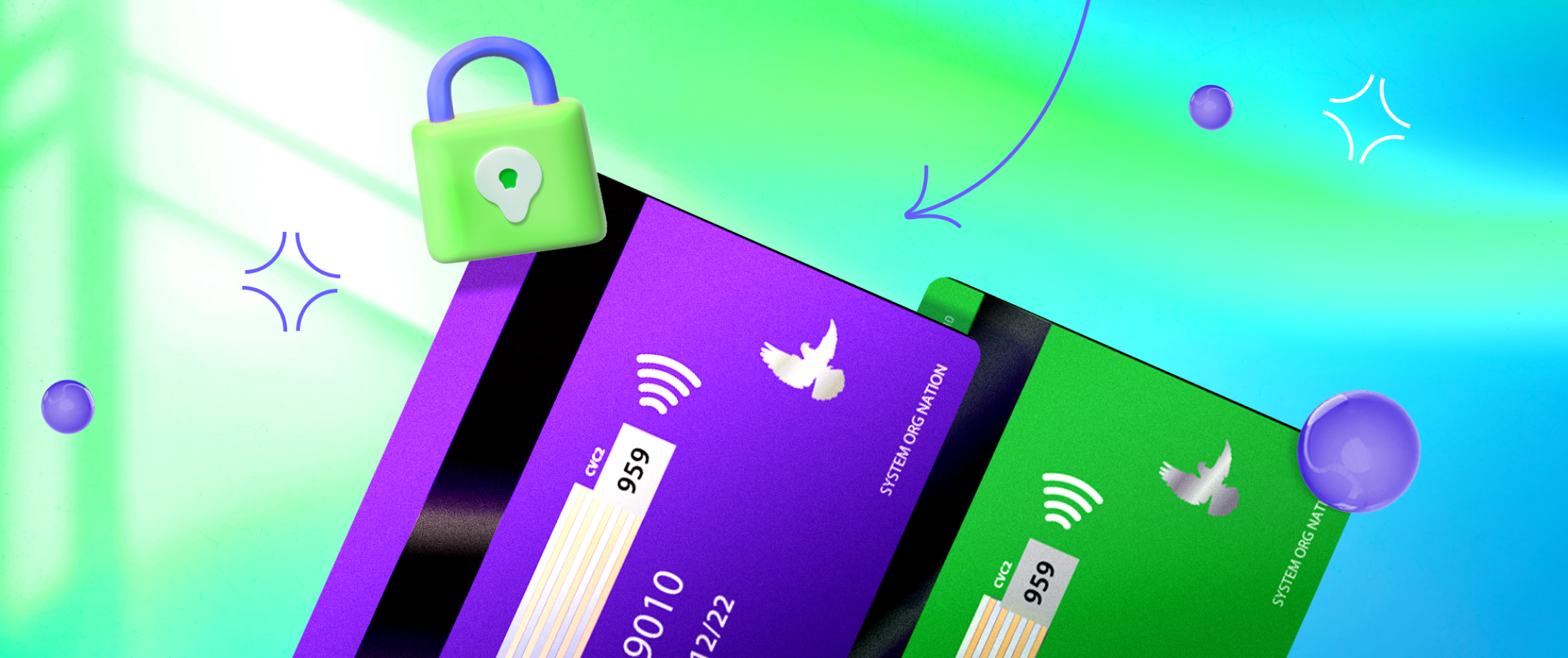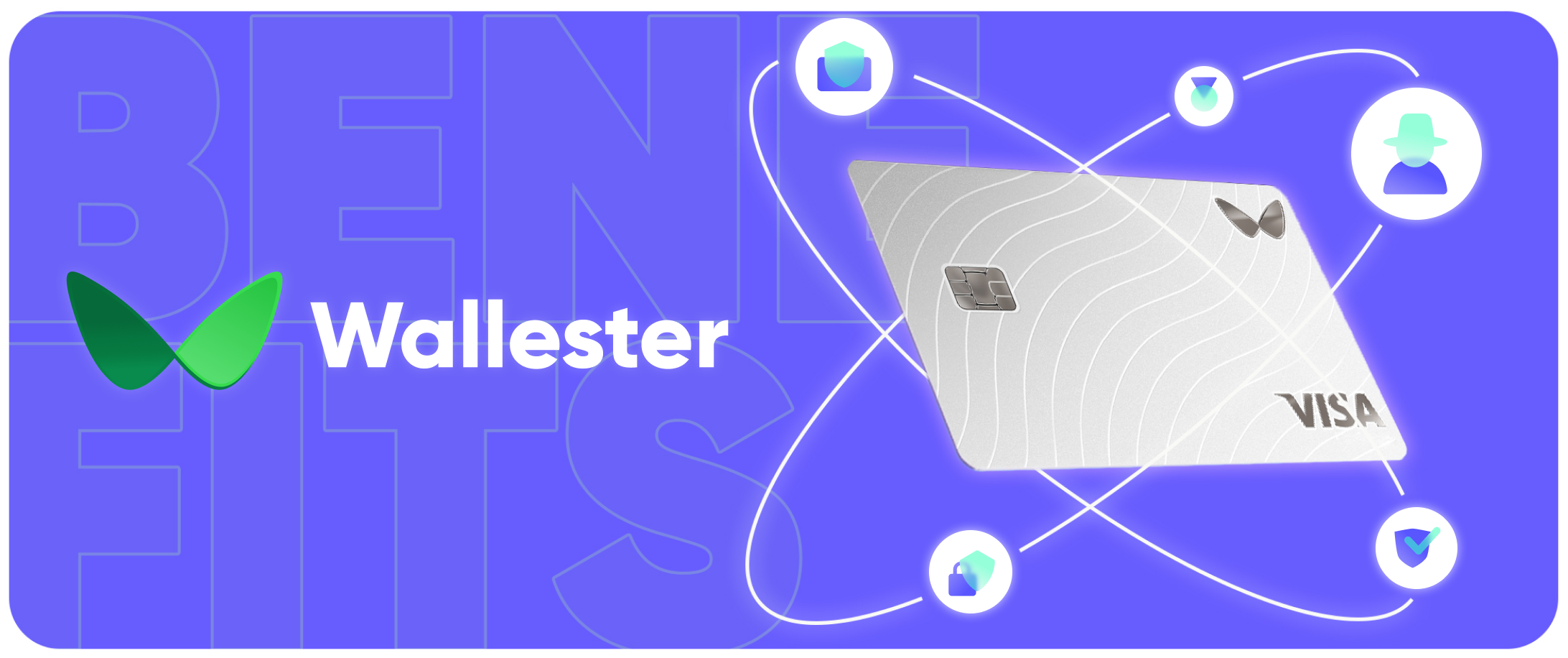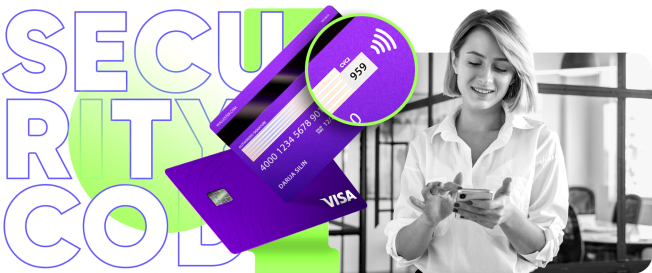Nowadays, in the era of virtual shopping, it is necessary to ensure the maximum security of transactions while using the existing debit or credit card security tools. This is where the mysterious security codes come in. They’re often designated by the abbreviation CVV / CVC. In this article, we will analyse in detail what card security is, where to look for a debit card security code, its features, and other essential parameters. We will also look at some of the most popular questions.
First, you should know that your debit card is responsible for providing a direct link to your current bank account. Your account balance could fall into the wrong hands and be lost if the physical card is in someone else’s possession. Many debit cards have a unique card verification value printed on the physical card to pay for purchases to minimise those risks, particularly during online shopping.
What is a CVV on a debit card?

At this point, it is effortless to get sensitive information from someone else’s debit card. For example, there are a lot of video cameras in stores that record visitors during each transaction. It is the main reason the code is often placed on the back of the card, thus increasing security. The card verification value is frequently requested for each online payment when the card is not physically taken from the cardholder, and it is not possible to ask for the debit card PIN.
Many debit cards today have a unique code built in, similar to what you may see on a credit card. Most often, it has three or four digits. This digital code is separate from the card number and confirms that the person who provides it for payment is a physical cardholder – he is holding the card right now. It is significant for online or telephone purchases where the buyer cannot provide his signature as authorisation to use the card.
How does the security code work?
A card security code is often used for virtual or telephone transactions to provide an optimal level of security. This code exists because every buyer must have the plastics in hand to provide the security code.
A debit card security code is requested for a variety of activities:
- purchases in online stores
- transferring funds to an e-wallet
- online transfers
- financial operations are performed via the call centre
To avoid becoming a victim of fraudulent schemes, don’t give your security code to strangers or enter this number on unverified sites. It is difficult to challenge the transaction after the money is transferred directly to the debit card holder.
The debit card security code has certain limitations:
- While merchants cannot store the security code, they are not required to request it for every transaction. As a result, it can provoke fraudulent schemes from those who have obtained the card number and expiration date.
- A cardholder is not protected from phishing scams when a client is tricked into immediately giving out confidential debit card information with a security code on a fraudulent website. As a result, personal data is stolen to make payments by phone or on the Internet until the card owner himself freezes it at the bank.
- Cardholders often can’t set up regular debit card payments if the merchant asks for a security code every time. But in this situation, the bank customer can set up a standard price directly from the bank account.
Although the debit card security code increases the card’s security, it does not mean it eliminates the risk for the holder. To protect yourself as much as possible, you should not give your debit card information to strangers. You should immediately contact the bank if it is lost or if you notice any inaccuracies in the payments.
Where is the security code on debit/credit cards?

The debit card security code is usually found on the back of the card to the left of the signature line of the cardholder. This code does not look like a card number – the CVV is not embossed on the surface but printed in small black numbers. In addition, some debit cards may have a security code on the front side just below the card number on the right.
Is a CVV number the same as a debit card number?
The CSC (card security code) looks nothing like the card number. Often the number is written on the front side and has 15-16 digits. Debit cards also use a unique PIN code or identification verification code, consisting of 4 numbers that a cardholder can create at their discretion. The PIN code is not applied to the surface of the card. It should be entered on the keypad when withdrawing cash from an ATM or paying for in-store purchases using a terminal. It is unnecessary to tell someone your PIN code, and you do not need to write it down on the card. Presented security codes (PIN code and debit card security code) allow you to minimise the possibility of debit card fraud.
What are the security benefits?

Your unique 3-digit debit card security code will not be saved in any database after authorising the transaction. With this security measure, you can assure your customers that the card number will not be misused, even if fraudsters hack the merchant’s payment system. Additionally, the card security code is not included in the information printed on the magnetic strip. Therefore, a person who gets the number and expiration date can hardly use the data provided to make any payment.
To understand more about how it works, here’s a practical example:
Allison bought a new bag for her sister and found a suitable model online at a branded virtual store. She opens the checkout form, where she has to enter her personal information, debit card number, and expiration date. Also, in the last field, it is required to enter a unique security code written in small print on the back of the physical card. Once this information is entered, the transaction is processed, and the new bag is sent to Allison.
Suppose the accessory retailer’s online store is hacked in the future. In that case, Alison’s bank account will not be affected because the security code is never stored in the retailer’s database and cannot be given to third parties who might use it for unauthorised purposes.
What other ways are there to combat debit card fraud?
A debit card security code allows you to secure the cardholder during online purchases or over the phone. This kind of card verification will enable you to confirm your finances. You can regularly check your transactions in the bank’s mobile app or on a virtual portal. If you see anything suspicious, you must tell the bank staff.
You can find the debit card security code on the back. Do not confuse card number, PIN, and CVV. The card security code has an exceptional and individual function and provides the most secure format for making purchases by phone or in online stores.
In conclusion
Without getting into particular terminology, the card security code is a unique combination of three or four digits that you can use to provide additional security when making payments on the Internet. The main point of CVV protection is that an unauthorised person, who does not know the security code, is supposed to be unable to use the finances in his account.
To use plastic debit cards correctly, you should know the CVC and its location.


